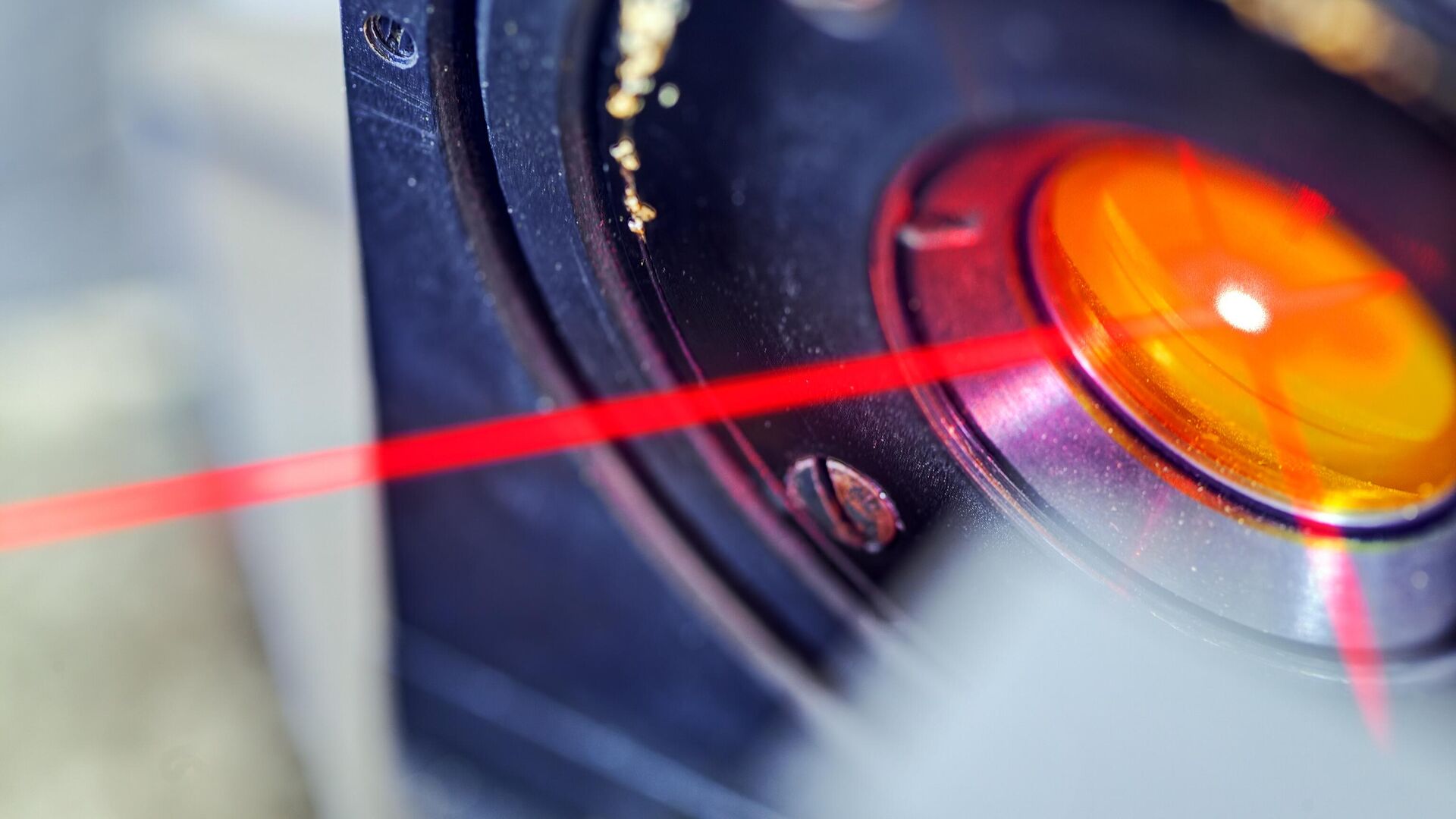
MOSCOW, December 6. Scientists from St. Petersburg State Medical University have developed laser cladding technology for repairing gas turbine equipment components. According to the authors, it will make it possible to extend the service life of the working blades of high and low pressure turbines, significantly reducing the cost of maintenance and repair of gas turbine units, the university press service reported.
The gas turbine unit allows the use of gas generated after fuel combustion for production of electricity and thermal energy. Such installations are widely used today in the oil refining and gas industries, housing and communal services and waste disposal.
Components of gas turbine units are made from heat-resistant nickel alloys using casting methods and subsequent machining. However, due to the complex chemical composition, they are practically impossible to weld; cracks form in the metal, which is why the products inevitably collapse.
A high-energy laser beam can significantly expand the capabilities of welding heat-resistant alloys, according to scientists from the St. Petersburg State Marine Technical University (SPbGMTU). They developed laser cladding technology for repairing components of gas turbine equipment, primarily the working blades of high-pressure (HPT) and low-pressure (LP) turbines.
Scientists note that the use of laser radiation makes it possible to weld and surfacing alloys that were previously considered difficult or completely unweldable, without the formation of critical defects.
The results of the work, published by scientists from St. Petersburg State Medical University in the journal Metals, help to understand the mechanisms of crack initiation and development. To carry out the research, modern high-precision research equipment was used for optical and scanning electron metallography, X-ray diffraction, electron backscattering diffraction.
According to scientists, the use of laser cladding to restore the geometry of blades can significantly reduce the cost of maintenance and repair of a gas turbine unit.
“
“The working blades of high-pressure engines and low-pressure propellers experience the greatest loads, since they are operated at temperatures above 1000 degrees Celsius in a gas environment, under cyclic and alternating loads. Because of this, the blades wear out and lose their shape. As a result, the power of the gas turbine unit decreases. As a rule, such wear occurs much earlier than the blade’s service life is exhausted,” said Rudolf Korsmik, Candidate of Technical Sciences, senior lecturer at the Department of Digital Laser Technologies at St. Petersburg State Medical University.
According to him, the cost of a new blade can exceed 500 thousand rubles, and there are several hundred of them in a turbine, so replacing worn blades can be very expensive. At the same time, the cost of a complete repair of a blade using laser cladding technology does not exceed 30-50% of the cost of a new product.
< /span>
Today, scientists are faced with the task of scaling research to other alloys, as well as carrying out experimental work on repairing components of gas turbine engines.
«This technology can be called not just domestic, but 100% the brainchild of St. Petersburg State Medical University. To develop it, researchers and technologists were trained at the university, and equipment was also developed and manufactured,» added Korsmik.
To implement the result throughout the country, it is necessary to carry out not only comprehensive research, development and development and technological work, but also organizational activities — popularizing developments, launching pilot projects, improving production standards, he noted.

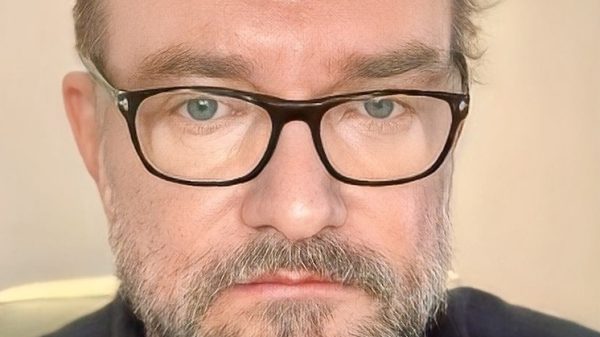
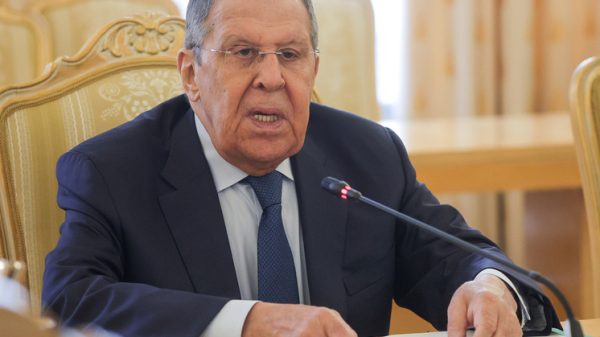





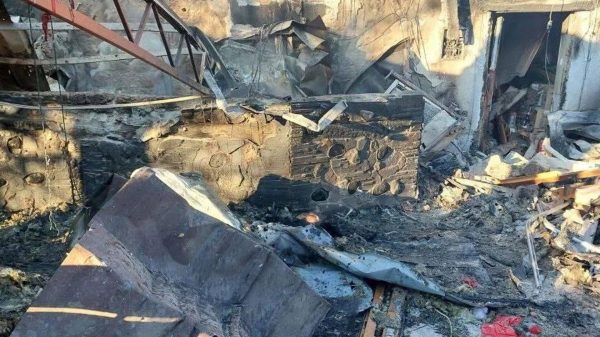
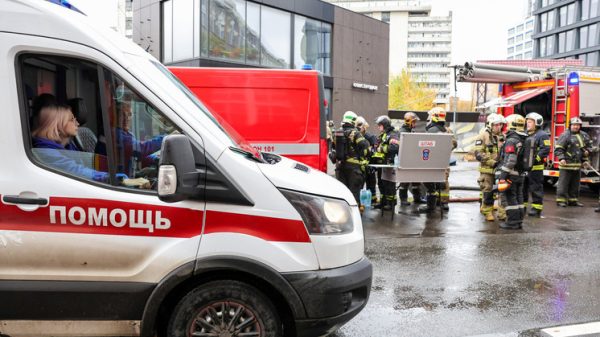

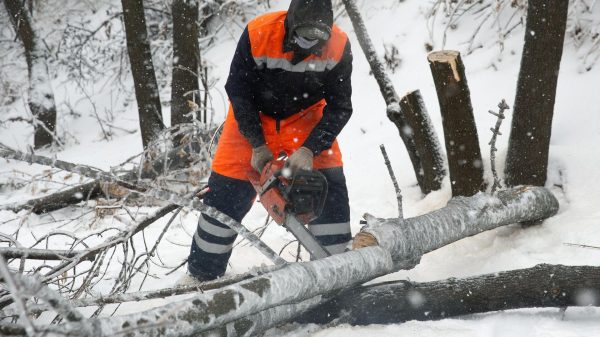
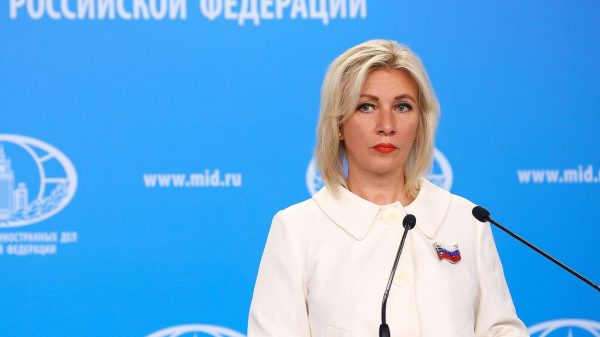




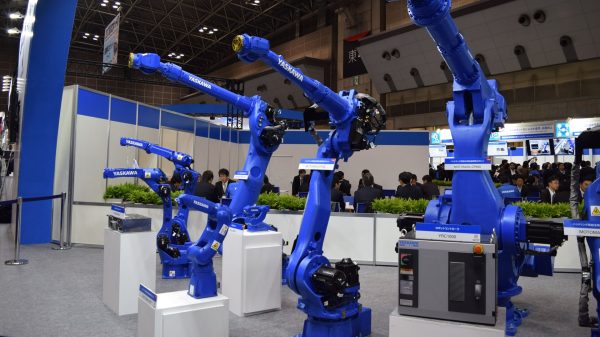

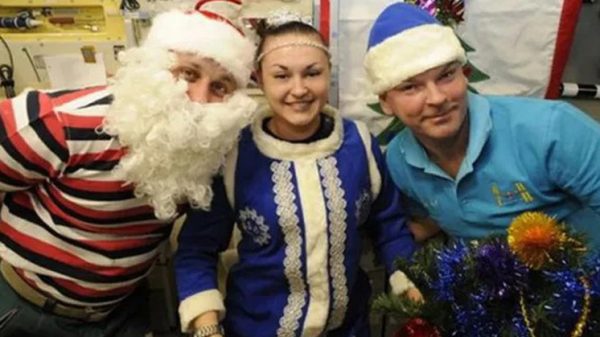

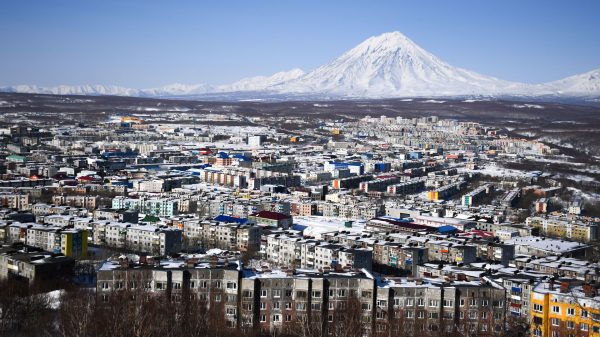











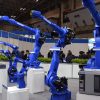


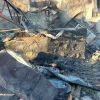


















Свежие комментарии